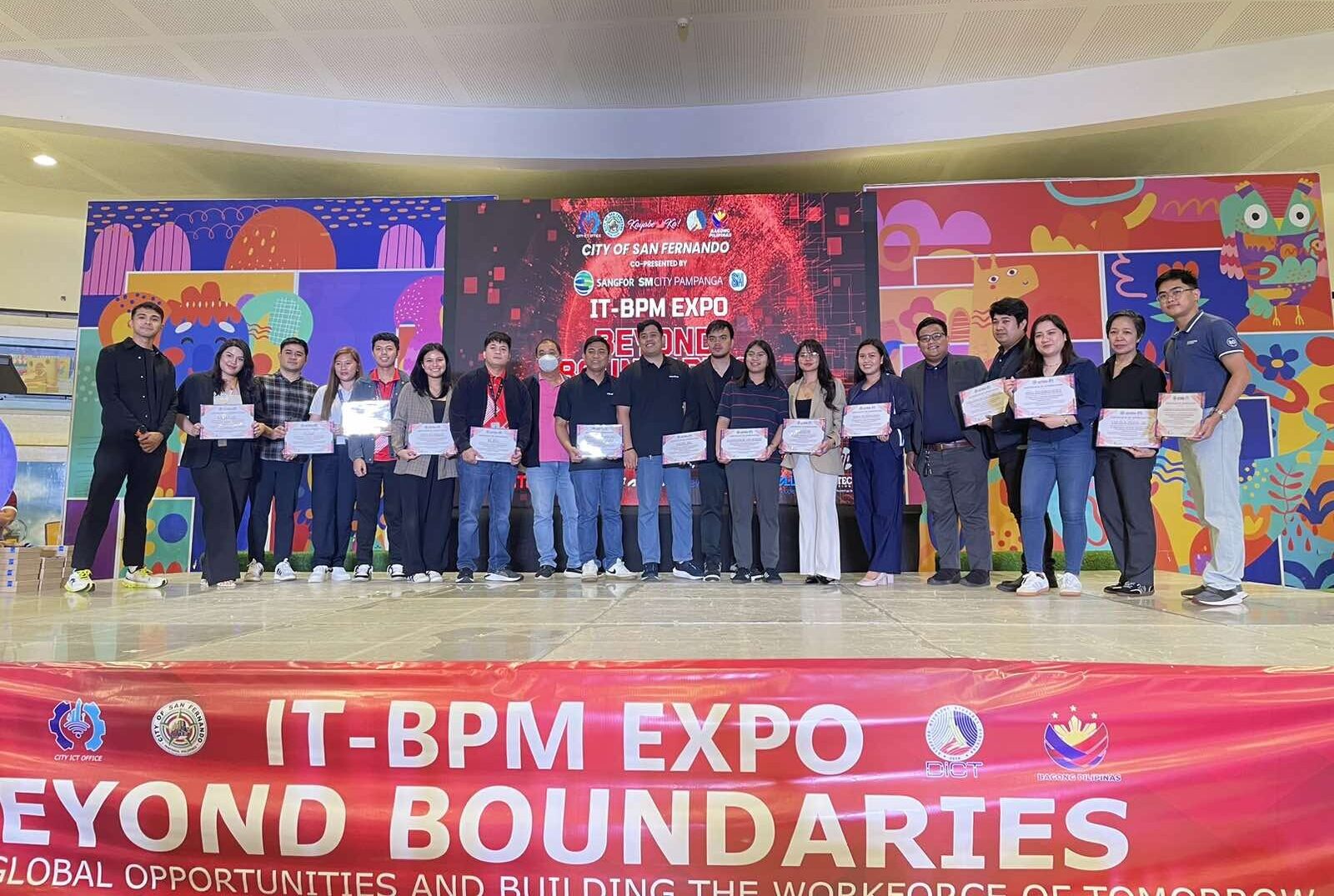Most organizations struggle with IT infrastructure to some extent, either through added costs, complexity, or required manpower and administration.
While infrastructure is largely viewed as a necessary cost, modern technology including different infrastructure, automation, and other tooling make it easier than ever to reduce IT budgets, optimize how and where IT professionals work, and how resources are used.
Focusing on how infrastructure is set up, how technologies are optimized, and how technologies are leveraged to reduce costs through automation and reduced overhead will help you save time and money, while improving stability.
Your exact actions should heavily depend on your existing infrastructure, technology needs, and IT team. However, the following 5 IT resolutions will help you improve performance for the new year.
1) Remove Unused Processes
Most IT teams are process heavy, which is good in a way but bad in another. On the one hand, it means you have processes to support complex and difficult tasks. On the other hand, too many processes slow work down, prevent teams from approaching work in new and creative ways, and can simply be “added work” rather than improving work.
What can you do? Take time at the start of the year to review processes. Strip out anything that isn’t being used. Take time to redesign and simplify existing processes. If you can, ensure that teams can update processes throughout the year, so they remain relevant, up to date, and allow room for creativity. For the most part, processes should only exist to ensure teams can quickly and easily follow complex tasks, and that documentation is followed.
What’s the best practice? Integrate processes directly into tooling, so teams follow them as a natural part of doing work.
2) Go Virtual
Whether switching to Infrastructure as a Service (IaaS) or Platform as a Service (PaaS), going virtual can greatly reduce costs and overhead for your organization. Loading servers from virtual machines means reducing manual hardware updates, midnight repairs, and off-site backups because everything is handled remotely. Taking virtual infrastructure a step further and moving to Platform as a Service means optimizing further, because services like AWS and Azure handle most management and maintenance.
While migration can be tricky, virtualizing servers will free up teams to focus on work that actually matters. Depending on your organization, this might include creating scrips and automation, optimizing other parts of infrastructure, lightening the IT team, going full DevOps, or a number of other tasks that IT often can’t fully focus on.
Virtualizing servers and infrastructure does have pros and cons, simply because you will be relying on data and network cables. However, 60-79% of all businesses in the U.S. are in the process of adopting some form of virtual server, because they do offer strong competitive advantages like reduced overhead, increased scalability (for PaaS not necessary IaaS), and out-of-the-box security standards.
Cloud infrastructures offer numerous advantages, like auto-scaling to meet fluctuating workloads and pre-built integrated tooling, meaning they offer more than on-premise or physical hardware ever will.
Start by reviewing actual data usage and peak periods. Opt for infrastructure that supports auto-scaling or scheduling resources so you don’t pay for computation or virtual machines at peak usage 100% of the time, and ensure any technology you choose is either compatible with existing infrastructure or you’re willing to switch over.
3) Automate Where Possible
Automation tools allow IT professionals to control and monitor networks, update, backup systems and servers, and resource allocation. Making automation a priority for your new year will help you to free up time and resources moving forward.
Most organizations can gauge maturity based on how many manual repeated actions are automated, because a mature infrastructure will automate as much as possible. Automation also helps core functions to run smoothly without waiting on manual intervention which could be delayed or even paused, ensure root-cause analysis runs immediately, and increase the reliability of the infrastructure.
What should you watch out for? It’s crucial to ensure that any process you automate is worth automating. If you automate a bad process, you’re simply performing it automatically over and over again with limited manual review. Audit and review processes before automating them.
4) Audit Resources
Your infrastructure will grow, change, and morph to meet changing business needs. Sometimes it will do so in a relatively constructive fashion. More often than not, you’ll find that physical hardware expansion, adding on new tools, and expanding into new technologies will create inefficiencies. Try to make time at least once a year to audit your infrastructure resources and structure.
For example, if some servers are mostly idle, you can save by virtualizing or eliminating them completely. If you have weak points in infrastructure, you can take steps to eliminate it. And if you still have tooling that’s been made irrelevant by new technologies, you can remove it and lighten the infrastructure.
5) Consolidate Your Infrastructure
Data center operations grow and fluctuate much like infrastructure, but this often impinges growth and performance. This is especially true if servers and hardware are sourced through multiple contracts, run on different technologies such as Microsoft Server and SQL Server, or infrastructure has been expanded without enough planning.
Consolidation can result in virtualization, expansion, or changes to structure, but will likely improve performance. Whether you do so with virtualization and PaaS, serverless architecture, or a managed service provider (who can often provide all three) is up to you.
While the new year provides the perfect opportunity to step back, look at infrastructure and hardware, and review for optimization, this should be an ongoing part of business practice.
It’s always a good idea to have key people like the CTO or head of IT watching new technologies, evaluating options, and making plans to test and maybe move your organization over to new and better technologies as they appear. Doing so will often help your organization manage performance and costs, stay ahead of technology curves, and offer better performance to customers in the case of applications. While chasing the newest and best thing is definitely not always the best idea, it’s a good idea to review how and where you can improve and optimize.






